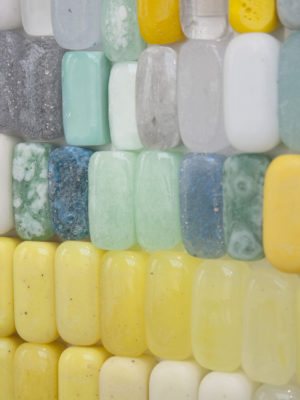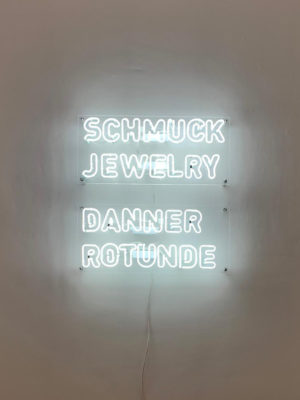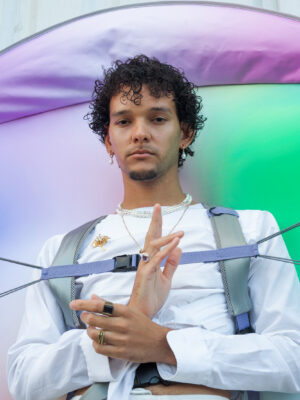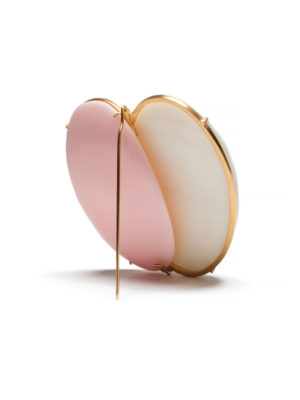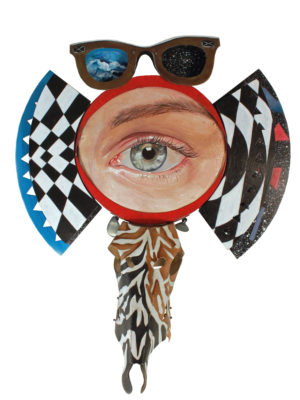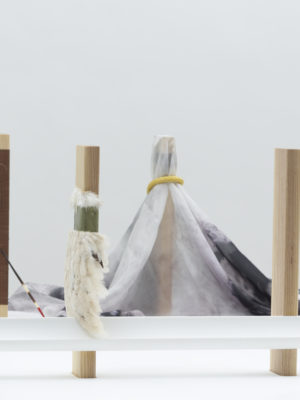
CURRENT OBSESSION:
Can you elaborate on the rare local techniques that you acquired in the Icelandic fisherman village you visited?
Brynjar Sigurðarson:
I basically stayed there for a month in February; it is very dark and cold during that time of the year. I spent most of the time wandering around the harbour and the nature with my camera. I met fishermen at the harbour, farmers, knitting experts using fur and various kind of wool, I played basketball with the priest, the firefighter and the local doctor. I tried to catch some sort of an essence of the place, the atmosphere.
The turning point was when I met a 75-year-old shark hunter and a fisherman. He was preparing nets for the 100-day lumpfish season using a special tool called a netting needle. After spending a week with the fisherman and learning the principles of the tool, I started noticing that if the method is used in a certain way it could have a rich variety of aesthetics. In addition, the method has a strong semiotic value being a unique craft invented and found in the workshop of the fisherman.
When designing objects inspired by the visual and material world of the fishing village, I work with my own experience of the trip and the place. I try to translate the atmosphere of the place using photographs, drawings, interviews, material samples and memories. The process could be compared to the process of an anthropologist. He uses similar tools in order to translate or explain exotic cultures to his own culture. Things such as atmosphere and personal experiences tend to get overly complicated when put into words so maybe it is not so far off to translate it in the shape of objects, objects speaking the language of the fishing village.
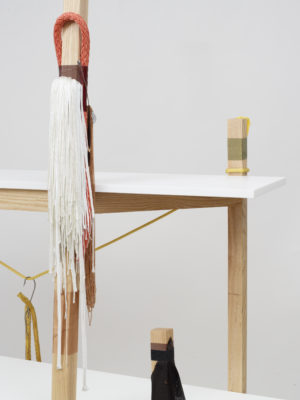
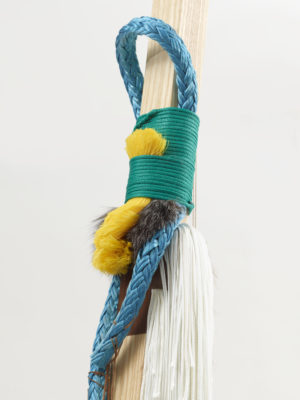
Since the trip, I have continually worked on ‘exercises’ and examinations on how to translate shapes, materials and details from the harbour and the coastal environment. The objects vary from furniture with abstract functions, sticks arranged with ropes and collected objects, porcelain pebble stones, ocean like glass vases and furniture referring to the harbours in Iceland.
The project is a creative and a personal documentation of the harbour culture in Iceland. Some sort of an artistic portrait of the typical Icelandic fishing village.
It was valuable to stay in Vopnafjörður for a month instead of going there for a short research trip. The research was given patience, which resulted in a deeper picture of the place. The encounters with the fishermen brought unexpected values to the research.
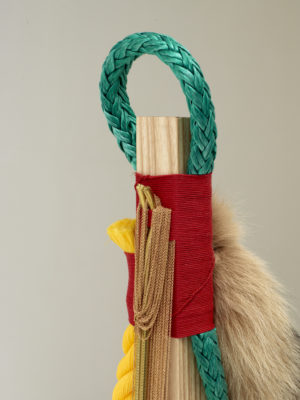
CO:
What’s the most outlandish material you’ve worked with?
BS:
I work a lot with fur and leather. I used a technique called Cuir bouilli (boiling leather) used to create hide armour, a couple of years ago and that could get quite smelly.
In addition, I did a workshop with students from ECAL and the IAA (Icelandic Academy of the Arts) around whalebones, where we went to the beaches of Iceland and picked up whalebones, which we used in order to create artefacts. There are little or no traditions in Iceland on using the whalebone as a material to work with although they can be found on the beaches here and there. That is why I initiated a project with the Master’s students to investigate the potential possibilities of the material.
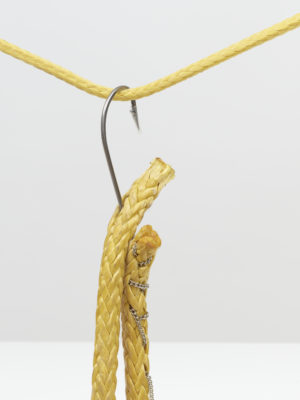
CO:
Can you talk about your immersive investigations into your own and other cultures? Is it important to you to get lost before making/finding something that makes sense?
BS:
There is no formula about my processes, but I guess getting lost in a city or a place can make you discover new and unexpected places. In that way it is always good to make space for the unexpected, getting lost during a process puts you out of the comfort zone, which is good from time to time. I constantly try to keep the child within me. My intuition is also important to me, I try to follow those voices when I work. I can try to intellectualize what I do, but maybe that’s not my role, and it almost scares me to start to categorize things and what they relate to.
I’m from Iceland, a country based on fishing. It is some sort of a unconscious link I have to the subject of the work. If it’s nostalgic, exotic, I’m not really sure, it is something that was around me my whole life, but I never really did it (working on a fishing boat, hunting etc.). That’s maybe why I became a different kind of a hunter, could be that it’s some sort of a role I’m playing without knowing it…
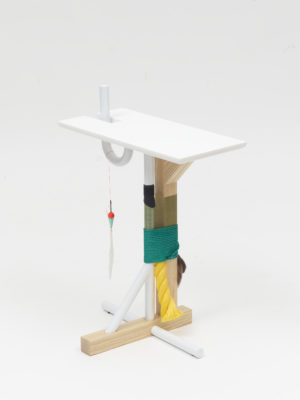
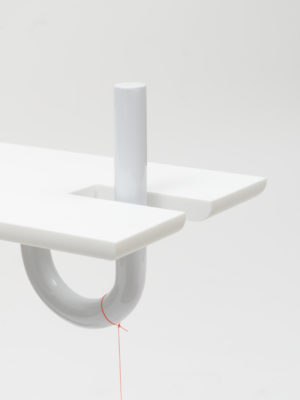
CO:
After visiting remote places like Vopnafjörður you create objects and scenes that deconstruct these native environments and recall ritualistic, totemic artefacts. What is your connection to the supernatural?
BS:
I personally don’t relate to the way you see it; things are a lot subtler for me, a lot less clear. But the supernatural is somehow a part of our culture in Iceland – The supernatural is almost very natural in Iceland! We have folklores and cultural beliefs on trolls, elves and ghosts. – It is part of us. Maybe it is due to the darkness in the wintertime, we have little of almost no sunlight in the winter, and when you don’t see you start to imagine…
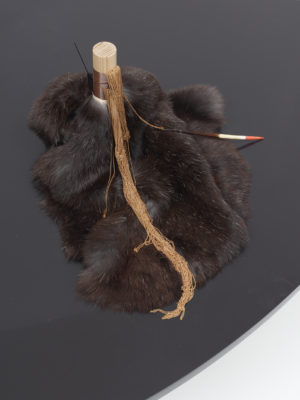
This article was first published in #4 Supernatural Issue of Current Obsession Magazine, 2015. You can order the issue here
